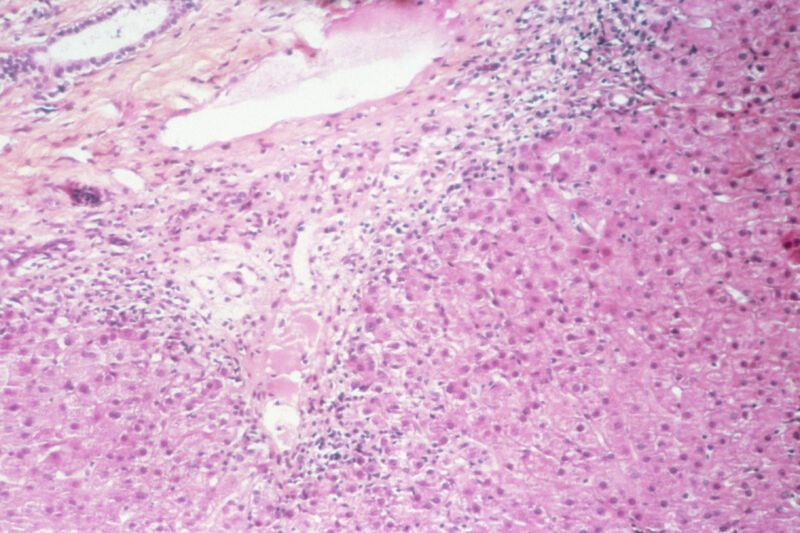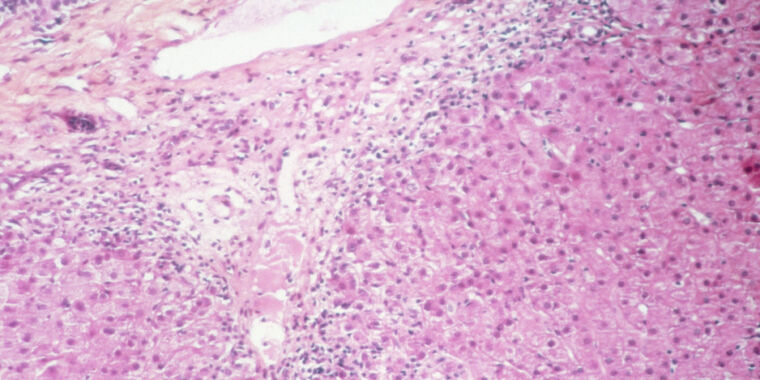
A sixth child has died in the United States from a puzzling liver infection — also known as hepatitis — and the number of unexplained cases has risen to 180 in 36 states, according to the Centers for Disease Control and Prevention.
The latest death was announced Friday in a news conference led by CDC Deputy Director for Infectious Diseases Jay Butler, who said it was reported to the agency on Thursday. He did not specify the state in which the death occurred.
In addition to the deaths, 15 of the 180 cases required liver transplants, Butler reported. The cases all occurred in children under 10 years of age, but skewed to preschool-age children, with a median age of approximately 2 years.
The latest figures in the US are a source of a global phenomenon that now includes more than 600 cases in 31 countries, including 15 deaths. But despite the growing number, international health experts are still trying to understand what’s behind the diseases after eliminating the most obvious possibilities, such as hepatitis viruses A, B, C, D and E.
Difficult numbers
In today’s briefing, Butler was careful to note that while the latest total of 180 cases appears to be a worrying increase from the 109 cases CDC reported two weeks ago, most of the 71 newly reported cases were identified retrospectively and actually took weeks to took place months ago. In fact, only 7 percent of the 180 cases occurred in the past two weeks, Butler said.
He was also careful to avoid making the cases part of an outbreak, noting that the agency isn’t detecting an overall increase in the number of unexplained hepatitis cases that it usually sees. And the 180 cases from the past seven months have not been clustered geographically or in time. They are distributed somewhat evenly across the 36 states, and month-to-month totals have remained broadly the same, Butler reported.
Although cases of pediatric hepatitis are not monitored nationally, the CDC estimates there are somewhere between 1,500 and 2,000 cases each year, according to Umesh Parashar, chief of the CDC’s Division of Viral Gastroenteritis, who also spoke at the briefing. . Butler added that about 30 to 50 percent of those pediatric hepatitis cases go unexplained each year. So the 180 unexplained cases over a seven-month period don’t ring any statistical alarm bells.
It’s possible, Butler speculated, that the cases now highlighted have always been there and simply haven’t been identified and investigated before.

